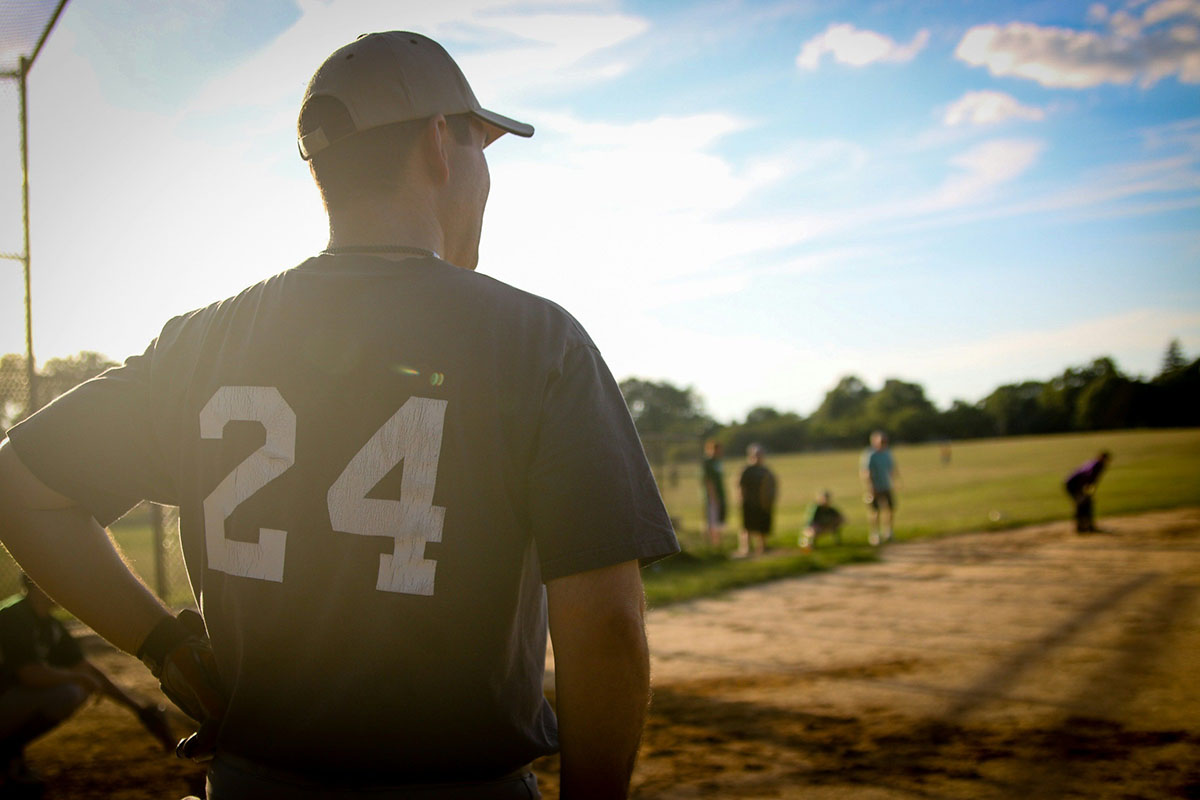When we think of sports leadership, we typically think of game strategy and motivational speeches—at…

How Chronic Pain Can Change the Course of an Athlete’s Life
The demands of being an athlete can often be daunting, and this is a sentiment felt by athletes of all ages. A recent clinical experience crystallizes how an ankle injury, which resulted in Complex Regional Pain Syndrome, can challenge an athlete in complex ways and can deeply impact their lives.
I’ve been working with a 13-year-old patient who had been suffering from CRPS for more than a year. Laura (name changed for privacy) had no longer been able to play club level soccer, participate in any running sports, gym class and even walking the dog was a 10 out of 10 pain experience. After a hard year and half of work with physical therapy, the pain program at Boston Children’s Hospital, clinical sport psychology – working on coping with her losses as well as integrating skills for pain management, she saw a news clip on TV that would instantly change her lifestyle.
The story was about Victoria’ Secret supermodel Adriana Lima and her prep for the company’s annual fashion show. Laura decided she wanted to be “pretty like a model” after watching the segment and began to emulate Adriana’s strict diet. In the nine days leading up to the show, Adriana consumes no solid foods, and no water for 12 hours, the model says.
After changing her diet, Laura lost seven pounds in just two and a half weeks and had a heart rate of 42. She was dangerously close to hospital admission. Her family and treatment team became aware of the situation. The road toward restoring weight and healthy relationship with food can be an uphill climb. The psychological vulnerabilities of prolonged injury and loss of athletic identity can be some of the ingredients for the onset of a restrictive eating disorder.
Laura’s drastic lifestyle change represents some of the common struggles athletes can deal with after facing adversity such as chronic pain. Once a promising athlete with a lot of drive, she now found herself trying to recover from a new lifestyle which had come with potentially dangerous health effects.
There’s not one universal blueprint for athletes to follow when trying to manage the physical and mental demands of their respective sports. It’s important for each individual to speak with a professional about their specific circumstances and how they can best participate in sports without causing physical or mental harm.
Dr. Sharon Chirban, Clinical Sport Psychologist
Founder of Amplifying Performance Consulting, LLC


